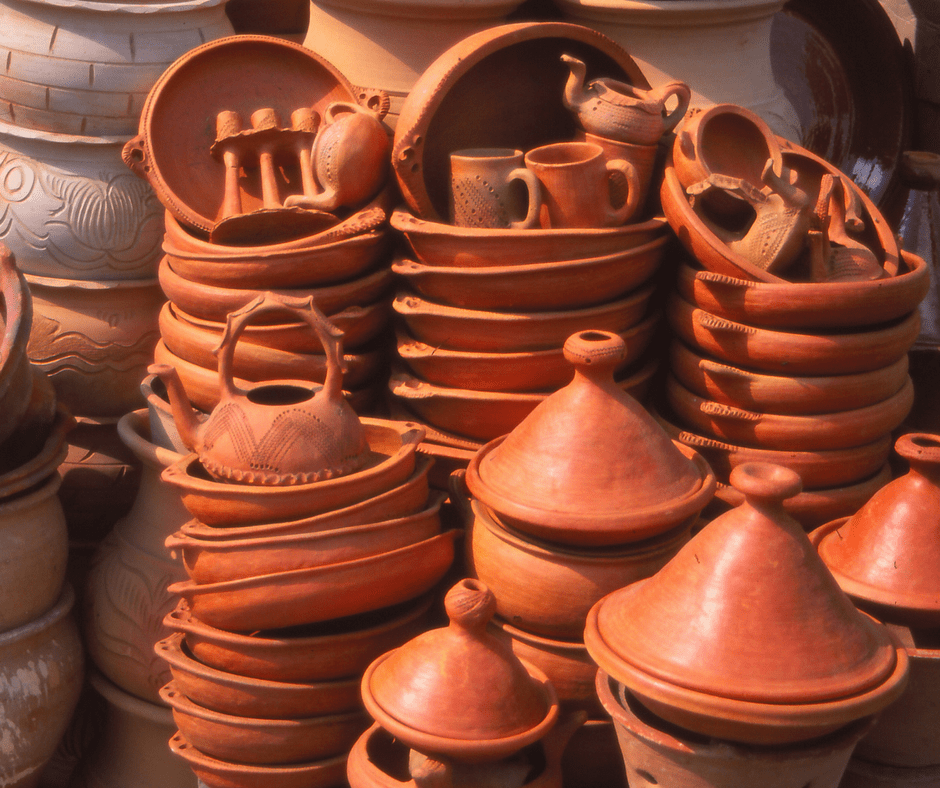Moroccan cuisine is renowned for its vibrant flavors, aromatic spices, and rich cultural heritage, and at the heart of it lies the beloved dish, Tagine. Named after the distinctive earthenware pot in which it is slow-cooked, Tagine is more than just a meal; it is a symbol of Moroccan hospitality, tradition, and culinary artistry.
A Culinary Heritage
Tagine is deeply rooted in Moroccan culture and history. The origins of this iconic dish can be traced back to the Berbers, the indigenous people of North Africa, who have been preparing food in clay pots for centuries. The unique design of the Tagine pot, with its conical lid, allows for slow cooking, which helps to tenderize meat and blend flavors harmoniously. Over time, the dish evolved, incorporating influences from Arab, Andalusian, and Mediterranean cuisines, reflecting Morocco’s diverse cultural interactions.
Traditions and Customs
In Morocco, preparing and sharing a Tagine is a cherished tradition that goes beyond mere sustenance. It is a communal activity, often enjoyed during family gatherings and celebrations. The process of making a Tagine is a labor of love, involving layers of carefully selected ingredients such as meat, poultry, or fish, combined with vegetables, dried fruits, nuts, and a medley of spices like cumin, coriander, and saffron. These ingredients are placed in the Tagine pot and slow-cooked over a low flame, allowing the flavors to meld and develop.
The act of sharing a Tagine is also steeped in cultural significance. Traditionally, Moroccans eat Tagine directly from the pot, using pieces of bread to scoop up the flavourful mixture. This practice fosters a sense of community and connection, as family and friends gather around the Tagine, enjoying the meal together.

Health Benefits of Tagine
Apart from its cultural importance, Tagine is celebrated for its health benefits. The slow-cooking method preserves the nutrients in the ingredients, resulting in a wholesome and nutritious dish. Here are a few reasons why Tagine is considered healthy:
1. Nutrient-Rich Ingredients
Tagine typically includes a variety of vegetables, such as carrots, zucchini, tomatoes, and bell peppers, which are packed with vitamins, minerals, and antioxidants. These ingredients contribute to a balanced and nutritious meal.
2. Lean Proteins
Tagine often features lean meats like chicken, lamb, or fish, which are excellent sources of protein. The slow cooking process ensures that the meat is tender and flavorful without the need for excessive fats or oils.
3. Healthy Fats
The use of olive oil, a staple in Moroccan cuisine, provides healthy monounsaturated fats that are beneficial for heart health. Additionally, nuts and seeds added to Tagine offer essential fatty acids and contribute to a balanced diet.
4. Spices with Health Benefits
The spices used in Tagine, such as turmeric, ginger, and cinnamon, are known for their anti-inflammatory and antioxidant properties. These spices not only enhance the flavor but also provide numerous health benefits.
5. Balanced and Satisfying
Tagine is a well-rounded dish that includes a balance of protein, carbohydrates, and healthy fats. The combination of slow-cooked ingredients makes it filling and satisfying, helping to prevent overeating and promote healthy eating habits.
Conclusion
Moroccan Tagine is more than just a delightful culinary experience; it is a reflection of Morocco’s rich heritage and cultural traditions. The communal preparation and sharing of Tagine bring people together, fostering a sense of connection and community. Moreover, its health benefits make it a wholesome and nutritious choice for those seeking to enjoy flavorful and balanced meals. Embracing the art of Tagine allows us to savor not only the taste but also the cultural legacy and healthy goodness of this iconic Moroccan dish.

